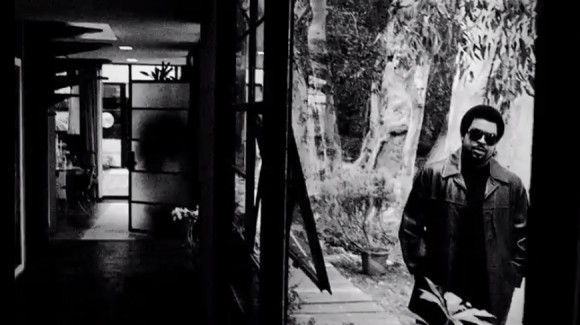Many people may not realize that Sammie Davis Jr. was a tap dancer and an excellent one at that. A December baby born in 1925 and a Harlemite. Davis started as a child vaudevillian who became known for his performances on Broadway and Las Vegas. He went on to become a world famous recording artist, television and film star. Davis was also a member of Frank Sinatra’s “Rat Pack”.
At the age of three Davis began his career in vaudeville with his father and “uncle” as the Will Mastin Trio, toured nationally, and after military service, returned to the trio. Davis became an overnight sensation following a nightclub performance at Ciro’s after the 1951 Academy Awards. With the trio, he became a recording artist. In 1954, he lost his left eye in an automobile accident.
Though his film career had begun as a child in 1933, in 1960 he appeared in the first Rat Pack film, Ocean’s 11. After a starring role on Broadway in 1956’s Mr Wonderful, Davis returned to the stage in 1964’s Golden Boy, and in 1966 had his own TV variety show, The Sammy Davis Jr. Show. Davis’ career slowed in the late sixties, but he had a hit record with “The Candy Man”, in 1972, and became a star in Las Vegas.
As an African American, Davis was the victim of racism throughout his life, and was a large financial supporter of civil rights causes. Davis had a complex relationship with the African-American community, and attracted criticism after physically embracing Richard Nixon in 1970. One day on a golf course with Jack Benny, he was asked what his handicap was. “Handicap?” he asked. “Talk about handicap — I’m a one-eyed Negro Jew.”This was to become a signature comment, recounted in his autobiography, and in countless articles.
After reuniting with Sinatra and Dean Martin in 1987, Davis toured with them and Liza Minnelli internationally, before dying of throat cancer in 1990.
Gregory Hines was also born in New York City, Hines and his older brother Maurice started dancing at an early age, studying with choreographer Henry LeTang. Together they were known as “The Hines Kids” and later as “The Hines Brothers.” When their father joined, Maurice Hines, Sr., the name changed again in 1963 to “Hines, Hines, and Dad”.
Hines performed as the lead singer and musician in a rock band called Severance in 1975/1976 based in Venice, California. Severance was one of the house bands at an original music club called Honky Hoagies Handy Hangout, otherwise known as the 4H Club. In 1986, he sang a duet with Luther Vandross, entitled “There’s Nothing Better Than Love”, which reached the #1 position on the Billboard R&B charts.
Hines made his movie debut in Mel Brooks’ History of the World, Part 1. Critics took note of Hines’s comedic charm, and he later appeared in such movies as The Cotton Club, White Nights, Running Scared, Tap, and Waiting to Exhale. On television, he starred in his own series in 1997 called The Gregory Hines Show on CBS, as well as in the recurring role of Ben Doucette on Will & Grace. In 1999, Hines made his return on television with Nick Jr.’s Little Bill, as the voice of Big Bill.
Hines made his Broadway debut with his brother in The Girl in Pink Tights in 1954. He earned Tony Award nominations for Eubie! (1979), Comin’ Uptown (1980) and Sophisticated Ladies (1981), and won the Tony Award and Drama Desk Award for Jelly’s Last Jam (1992) and the Theatre World Award for Eubie!. He also co-hosted the Tony Awards ceremony in 1995 and 2002.
And then there was the King of Pop. Are there any words that could even begin to touch on his influence in music, dance and performing. AMAZING!
Three legends — three generations loving an art form that stemmed across an ocean.


